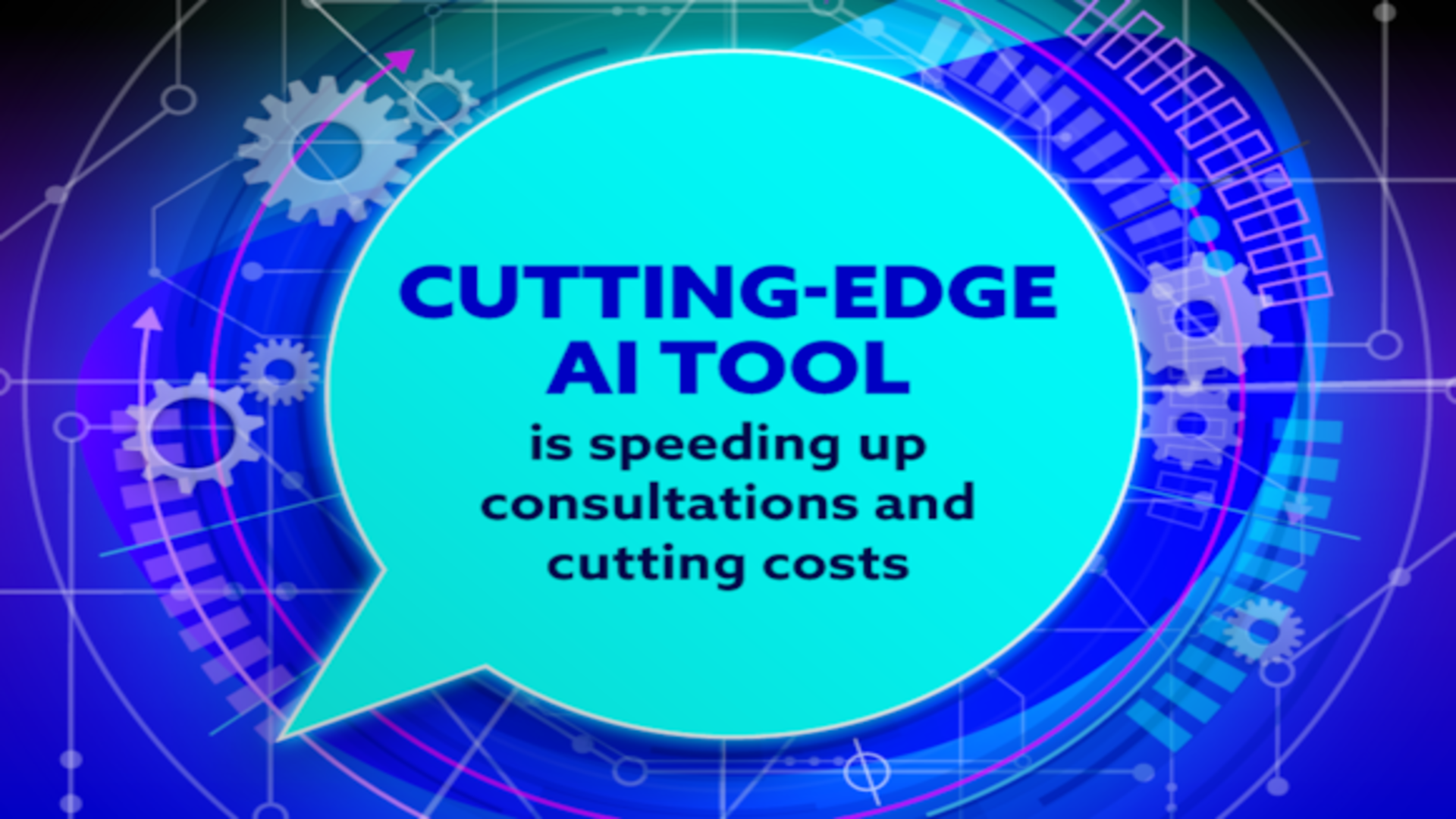
- Officials say Humphrey saves time, but experts warn AI analysis can miss critical human insight
- Consult matched human reviewers, but subjectivity in themes means AI’s accuracy remains a grey area
- Automation could cut £20 million in costs, but will transparency be the price we pay instead?
The UK government has introduced a homegrown artificial intelligence system named ‘Humphrey’ – a nod to the famously bureaucratic civil servant from 1980’s British sitcom Yes Minister – in a move aimed at transforming how public consultations are reviewed.
According to DSIT News, the technology, specifically the ‘Consult’ tool within the suite, has already been tested in a real-world setting by the Scottish Government, marking its first live deployment.
While the government presents this development as a step toward greater efficiency and cost savings, the broader implications for transparency, bias, and public input in policymaking remain open to scrutiny.
Officials cite time savings and reduced bias as key benefits
The initial deployment of Consult focused on a public consultation about regulating non-surgical cosmetic treatments, such as laser hair removal and lip fillers. The AI reviewed over 2,000 responses, identifying themes from six qualitative questions and categorizing them accordingly.
Although human analysts also reviewed every response, the government claims that Consult delivered “nearly identical results” in terms of ranking the importance of key themes.
According to Technology Secretary Peter Kyle, “No one should be wasting time on something AI can do quicker and better.”
“After demonstrating such promising results, Humphrey will help us cut the costs of governing and make it easier to collect and comprehensively review what experts and the public are telling us on a range of crucial issues,” Kyle added.
Proponents argue the tool could significantly reduce the £20 million the government spends annually on manually analyzing around 500 consultations.
By automating what is described as 75,000 days of work each year, the tool is positioned as part of a broader effort to boost productivity and reduce administrative overhead.
While the technology may present itself as one of the best AI tools for this task, its early-stage performance still requires thorough evaluation.
Officials involved in the trial noted that Consult provided a helpful starting point and saved considerable time.
Some said the tool allowed them to “get to the analysis and draw out what’s needed next,” while others appreciated that it “takes away the bias” often introduced by human analysts.
However, it’s worth noting that theme categorization is inherently subjective, and the AI’s interpretation depends on how it is trained and what data it is exposed to.
There are no independent benchmarking scores for this model; thus, it may or may not be the best LLM for coding qualitative responses or among the best AI writers in the traditional sense. Nonetheless, its adoption by a government signals the growing role of AI in public-sector decision-making.












Leave a comment